Reader DampOctopus here, with a review of the Bovington Tank Museum, which I visited in April 2024. First, some context...
The tank was originally developed under wartime conditions, and the need for advantage on the battlefield naturally took precedence over preservation of the historical record. After the conclusion of WWI in 1918, Bovington Heath was littered with the debris of this development effort along with surplus tanks salvaged from the battlefields of France, abandoned to slowly rust. There they might have remained but for a visit in 1923 by Rudyard Kipling who suggested that they should be preserved for posterity. His suggestion prompted an effort in that direction over the following decades and today the Bovington Tank Museum is both the home of the earliest artifacts from the history of the tank and the largest collection of tanks in the world.
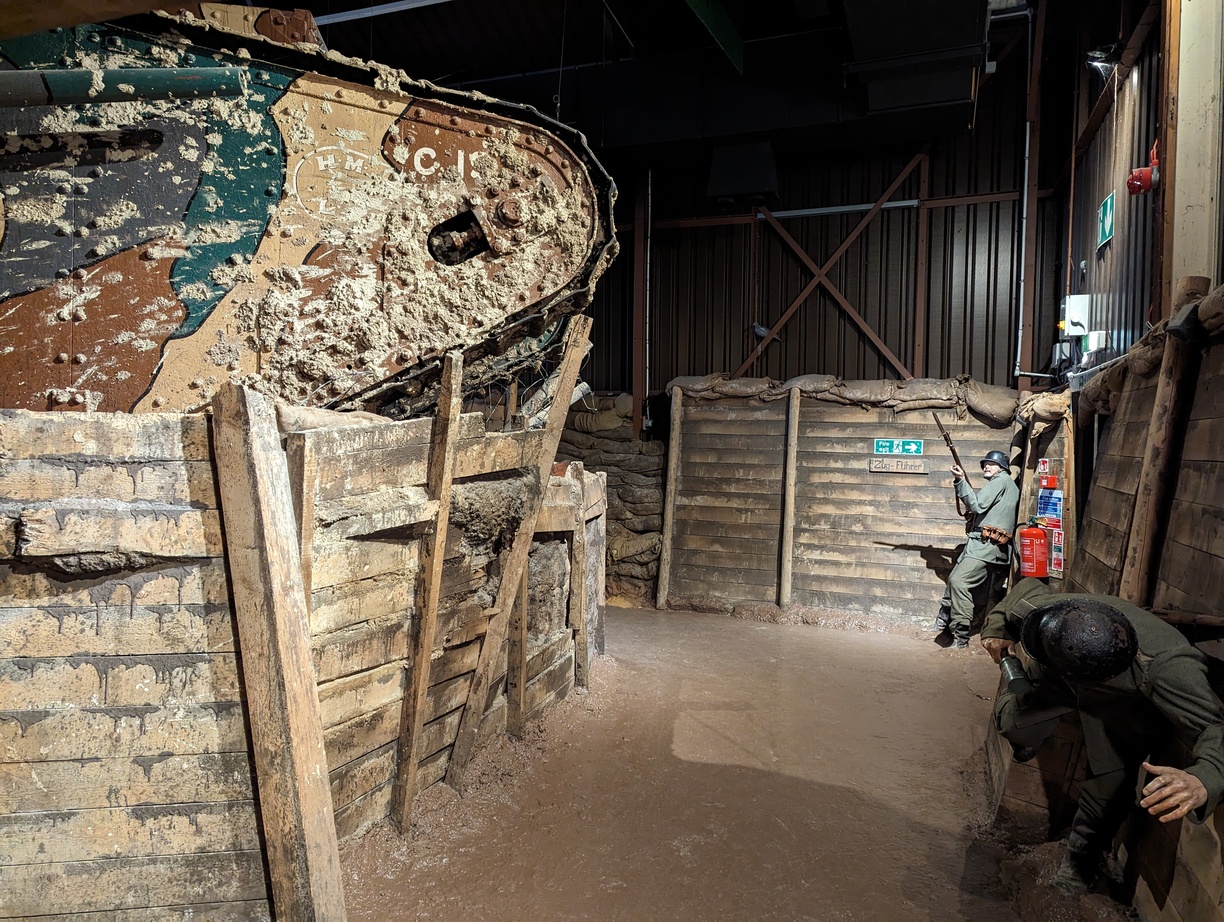
Achtung - Panzer!
The curators of this museum have gone to considerable effort to display their collection to good advantage. Take the Trench Experience exhibition. It starts with a replica recruiting office and leads on through a recreation of a WWI trench system, with mannequins in period-appropriate costumes sheltering in dugouts and listening to background radio chatter. Then you turn a corner and see a soldier shouting in German and cowering away from a shape looming over the trench ... which turns out to be a Mark I heavy tank. Continue onwards and you see a series of examples illustrating the development of the classic rhomboidal British heavy tanks of WWI: the later Marks IV and V, a Mark IX armoured personnel carrier,1 a Mark V** with stretched chassis for crossing wider trenches and a Mark VIII of an Anglo-American design that didn't see service until after the armistice. Read more...

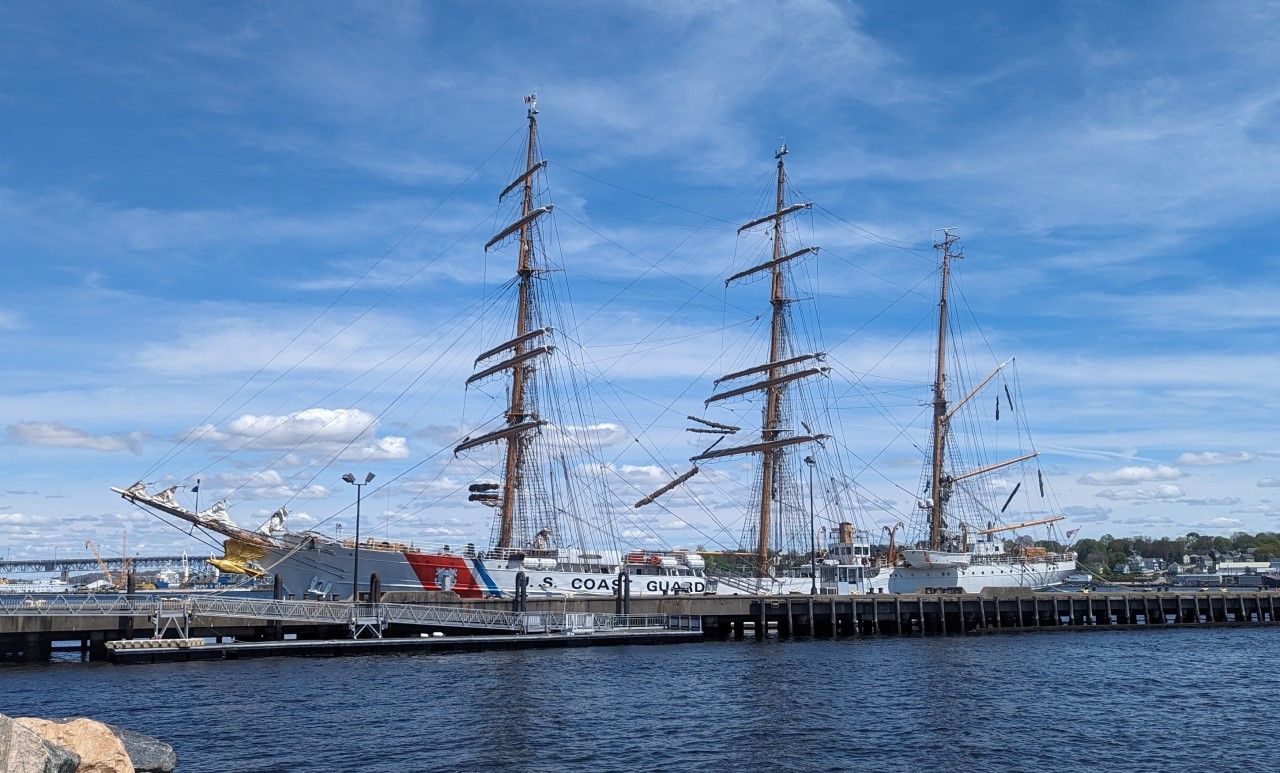
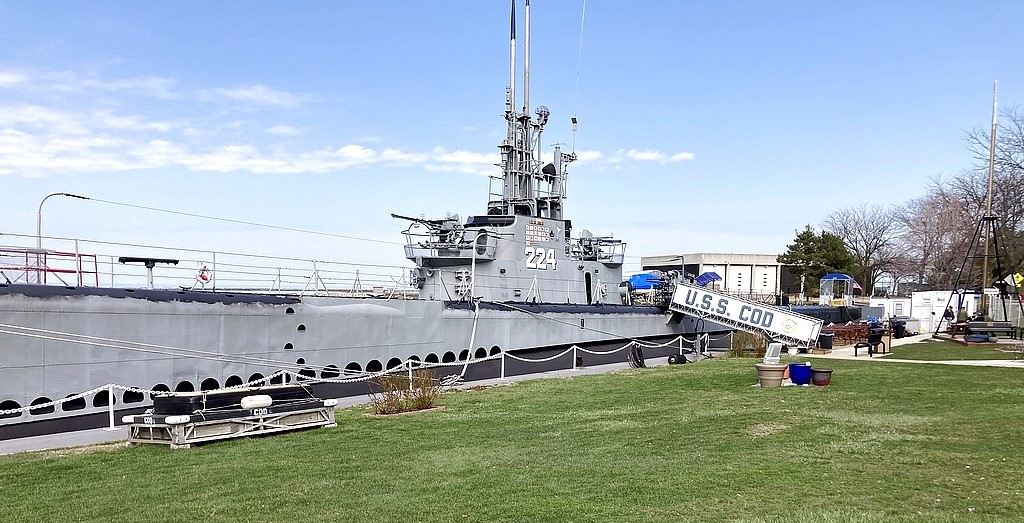
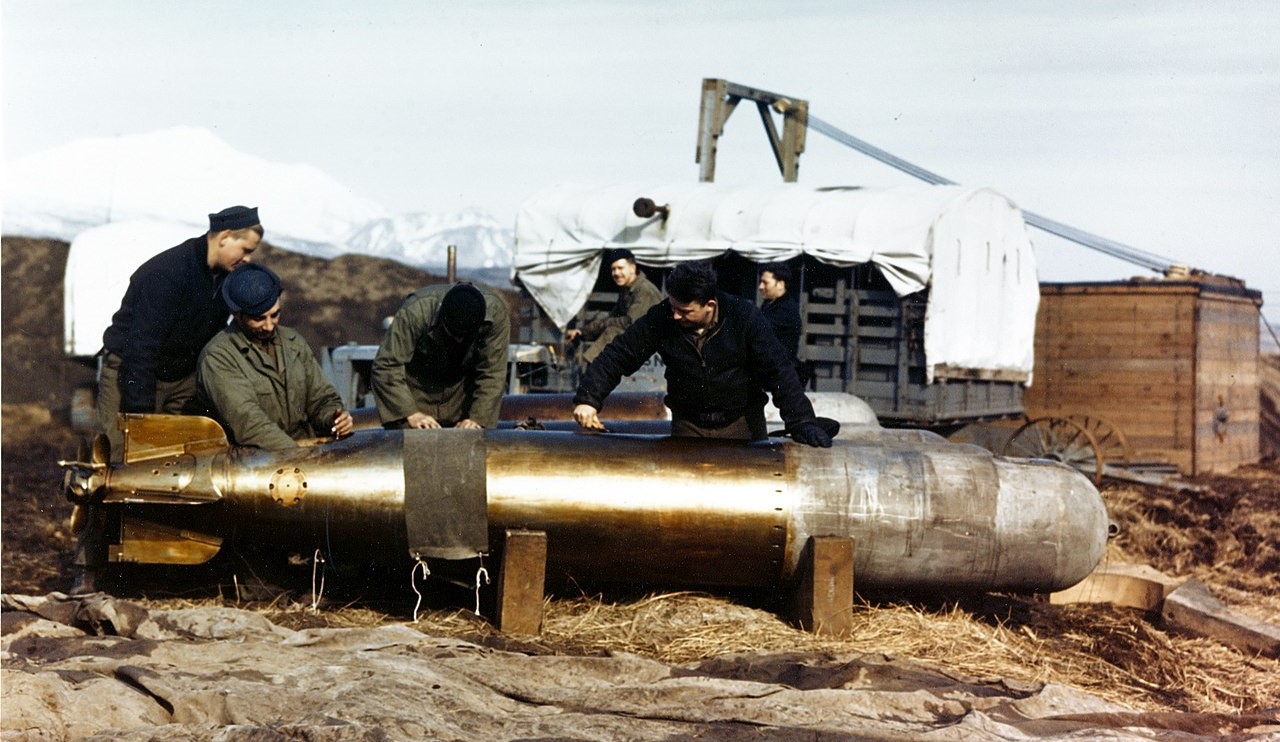
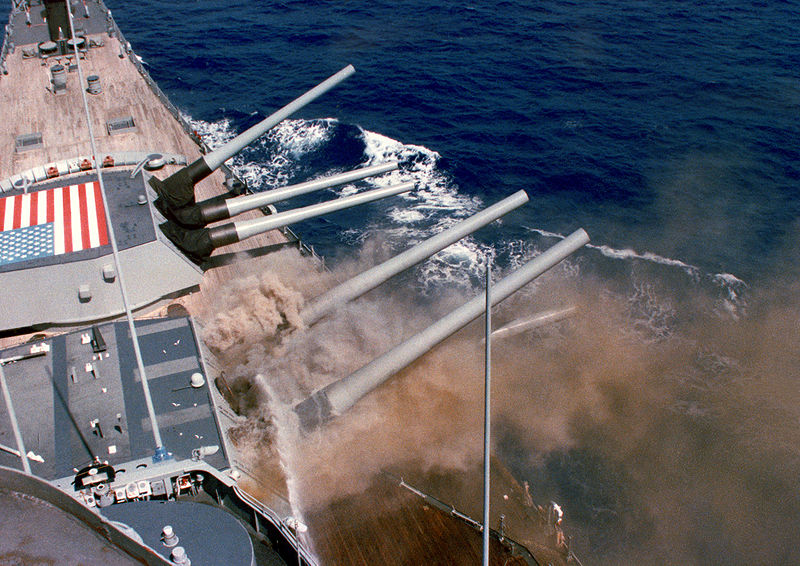
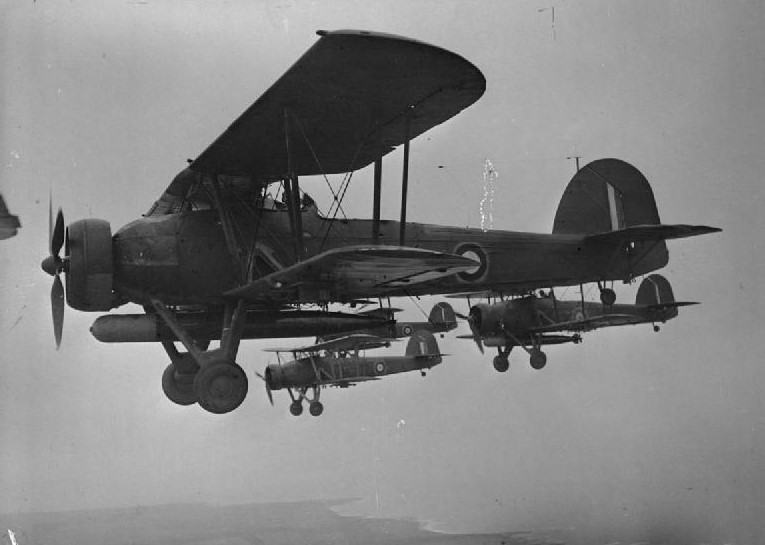
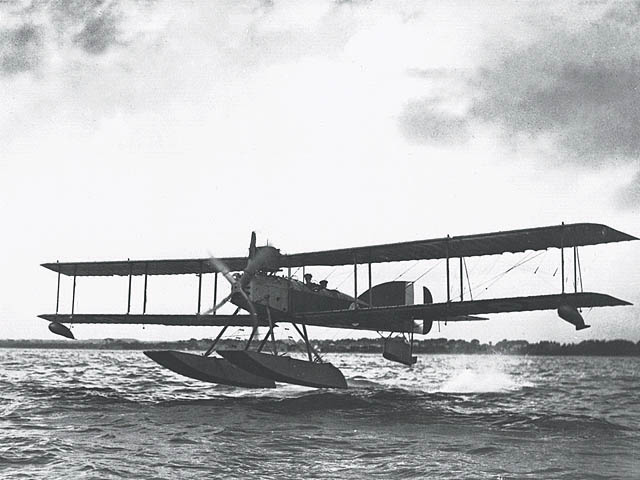
Recent Comments